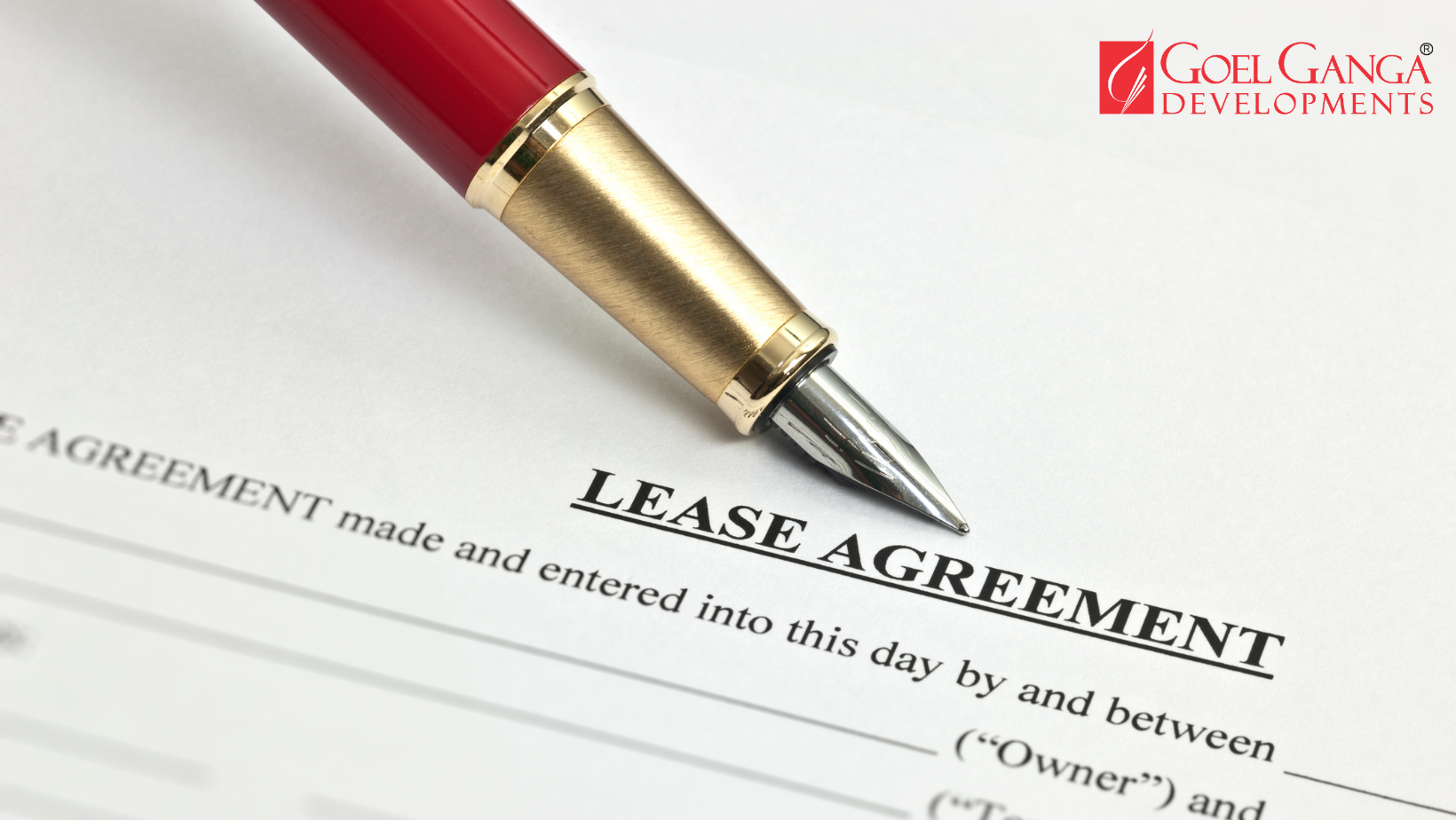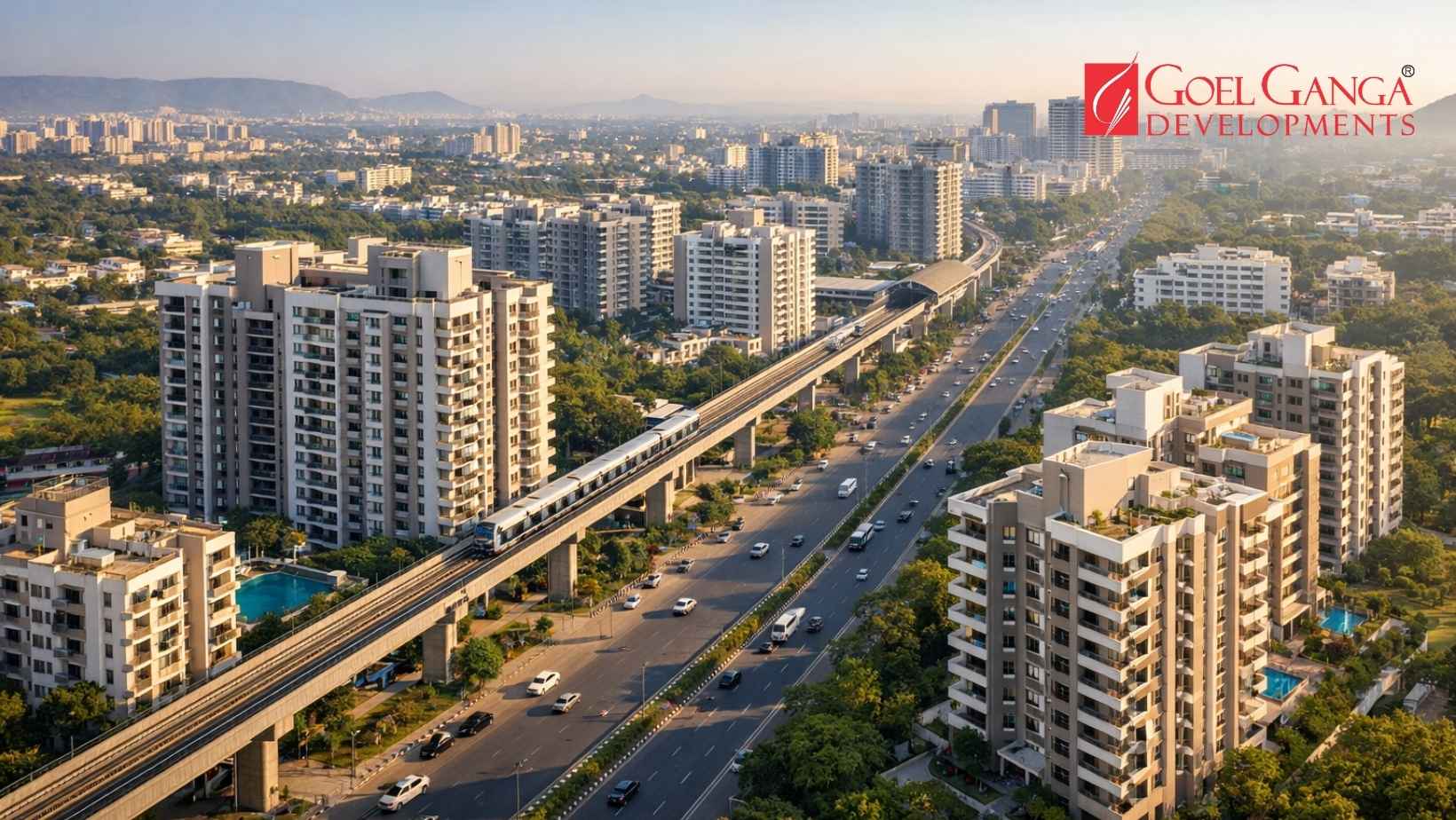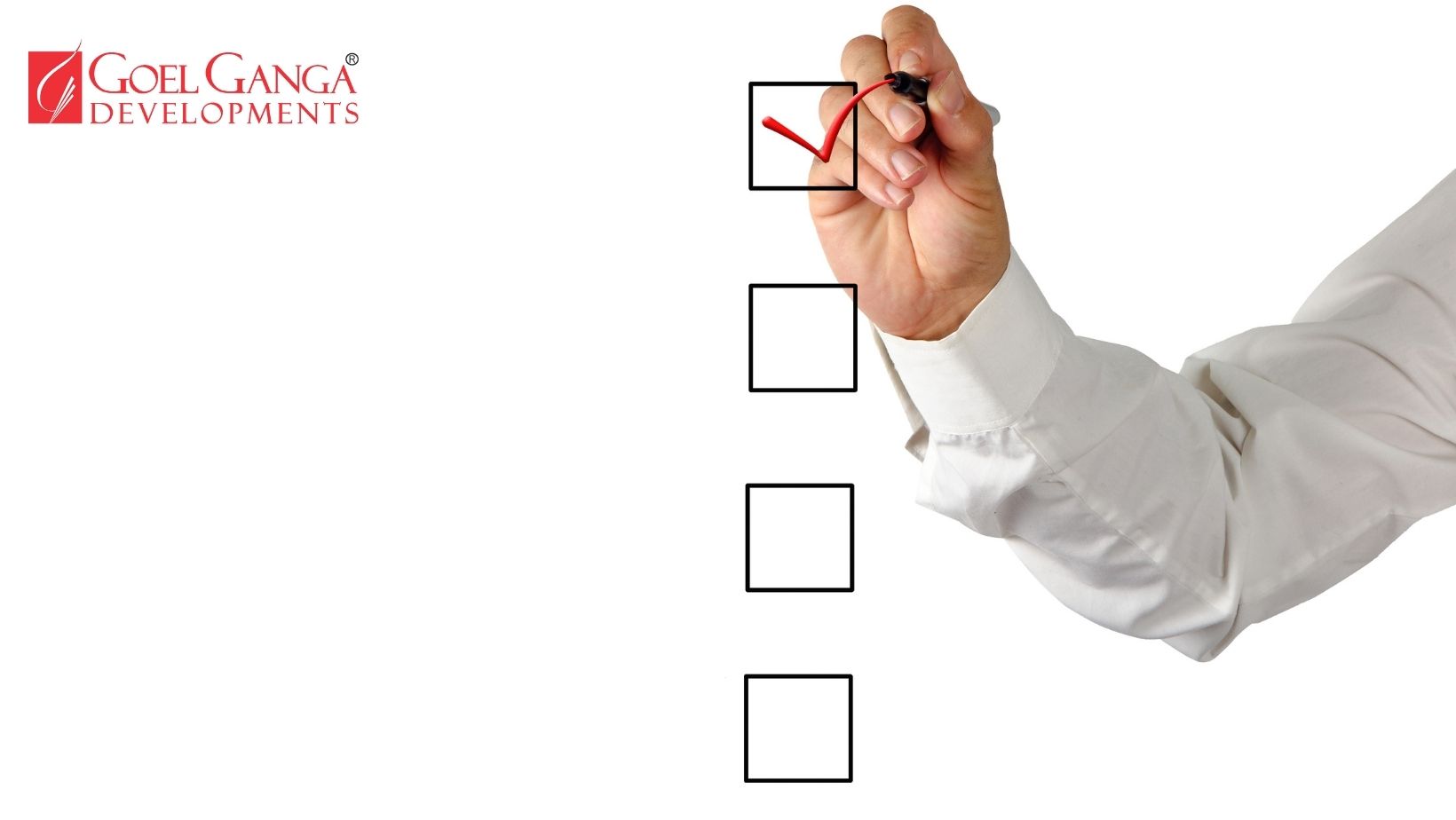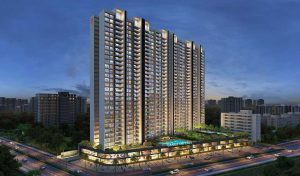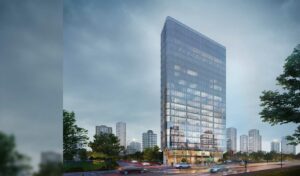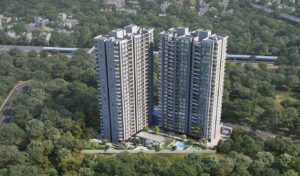A lease agreement, as we all know, is a vital document that serves as a contract between the owner and the renter. It specifies the lease’s terms and conditions, length, and rent payments. The primary goal of this contract is to avoid disputes or problems between each other. At the time of signing the lease, both parties, the landlord and the tenant, will read and comprehend the lease agreement and ensure that it is legal.
They also comprise a few terms and conditions. Let us have a look at the leasing agreement provisions explained by Mr. Subhash Goel, the director of Goel Ganga Developments.
Table of Contents
ToggleLease Agreement’s Essential Provisions
A rental agreement is meaningless unless it includes terms and conditions. Appropriate terms in property leasing agreements prevent confusion or disagreements.
1. Rental Term and Payment in the Lease Contract
The rental term denotes the length of stay. A rental agreement will include both the start and end dates. The contract expires on the termination date. The payment section offers information about the rent amount, due dates, and payment method. Furthermore, the owner has the authority to impose late payment penalties if necessary. These facts will be included in the rental contract. The lease is legally signed by both parties.
2. Security deposit
Security deposits are funds that must be provided to the landlord upon the signing of the lease agreement. They remain in the owner’s possession for the duration of the tenancy. Following the termination of the rental agreement, the landlord also returns the security deposit. If the renter commits any damage during their stay, the landlord will take it from the deposit paid by the tenant. The leasing agreement will contain all of the specifics, including restrictions, deductions, and other stipulations.
3. Permitted Applications and Restrictions
An owner can restrict the tenant’s access to or usage of the property. This section explicitly states the property’s permissible access or usage, as well as any limitations. These may include prohibitions on smoking, drinking, partying, and substance usage on the property.
4. Maintenance and repair.
The properties are subject to repair. Maintenance and repairs will include clear rules on who is responsible for certain repairs. It specifies who is accountable for upkeep. It offers information on the allocated party. However, if the renter causes the damage or repairs, the landlord may take them from the security deposit. The rental leasing agreement’s maintenance and repair section includes all of these terms and conditions.
5. Sublets and Guests
The landlord or owner has the power to let the tenant sublease or welcome visitors. The leasing contract will include stipulations for subletting. Subletting permits a third person to stay on the property with the owner’s consent and pay an agreed-upon rent.
6. Late payments and other charges
Late fines are charged when a renter fails to pay their rent by the due date. It is a percentage or fixed amount of the rent that is due to the owner. Other charges include heat, water, electricity, WiFi, and so on. The details, including the cost, will be added to the lease agreement.
7. Renewal Options for a Lease Agreement
A lease contract will explicitly state the renewal choices and terms of the lease. The method and terms for renewing the lease are discussed in the original lease of the property. Furthermore, the money to renew, the duration, maintenance information, subletting, and all other terms will be renewed at this time. All dues must be paid before the renewal. Furthermore, the tenant and landlord must agree on the renewal terms and conditions outlined in the rental agreement.
Hence, The rental agreement will explicitly state the rent, duration of stay, termination, limits, subletting, security deposit, and renewal choices. As a result, it will lower disagreements between the parties and improve the landlord-tenant relations.


